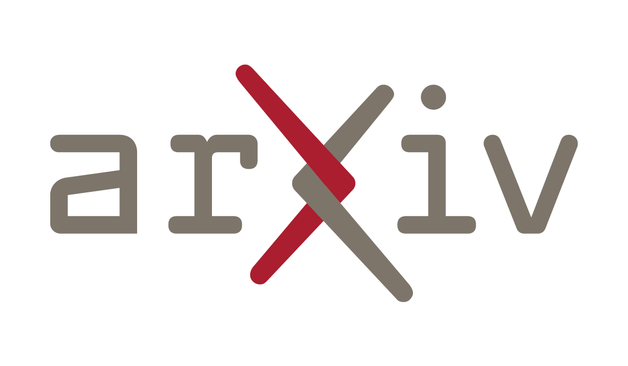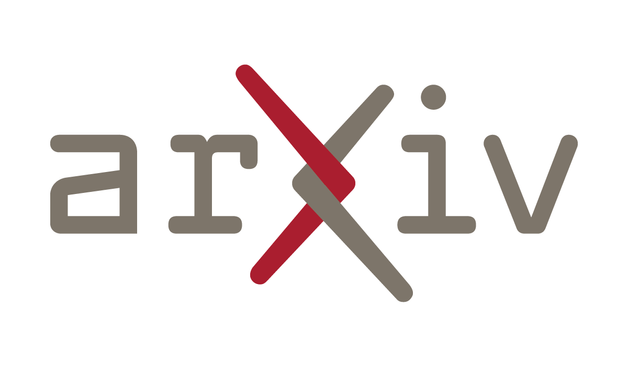Rodney Van Meter's articles on...
Rodney Van Meter's articles on...
Integrating Entanglement Purif...
Evaluation of Distimation's Re...

Evaluation of Distimation's Real-world Performance on a Superconducting Quantum Computer
Quantum state estimation plays a crucial role in ensuring reliable creation of entanglement within quantum networks, yet conventional Quantum State Tomography (QST) methods remain resource-intensive and impractical for scaling. To address these limitations, we experimentally validate Distimation, a novel distillation-based protocol designed for efficient Bell-diagonal state estimation. Using IBM Quantum simulators and hardware, we demonstrate that Distimation accurately estimates Bell parameters under simulated and real-world noise conditions, but also demonstrating limitations with operational noise and number of available shots. Additionally, we simulate an asymmetric-fidelity Bell pair scenario via Measurement-Based Quantum Computation (MBQC) to further validate Distimation under realistic network conditions. Our results establish Distimation as a viable method for scalable, real-time entanglement monitoring in practical quantum networks.
Determining Molecular Ground S...
Optimizing Resource Allocation...

Optimizing Resource Allocation in a Distributed Quantum Computing Cloud: A Game-Theoretic Approach
Quantum cloud computing is essential for achieving quantum supremacy by utilizing multiple quantum computers connected via an entangling network to deliver high performance for practical applications that require extensive computational resources. With such a platform, various clients can execute their quantum jobs (quantum circuits) without needing to manage the quantum hardware and pay based on resource usage. Hence, defining optimal quantum resource allocation is necessary to avoid overcharging clients and to allow quantum cloud providers to maximize resource utilization. Prior work has mainly focused on minimizing communication delays between nodes using multi-objective techniques. Our approach involves analyzing the problem from a game theory perspective. We propose a quantum circuit partitioning resource allocation game model (QC-PRAGM) that minimizes client costs while maximizing resource utilization in quantum cloud environments. We extend QC-PRAGM to QC-PRAGM++ to maximize local gates in a partition by selecting the best combinations of qubits, thereby minimizing both cost and inter-node communication. We demonstrate analytically that clients are charged appropriately (with a total cost at most $\frac{4}{3}$ the optimal cost) while optimizing quantum cloud resources. Further, our simulations indicate that our solutions perform better than traditional ones in terms of the cost per quantum node, total cost, maximum cost, number of partitions, and number of remote gates.
Quantum Circuit Design for Dec...
Automatic Configuration Protoc...